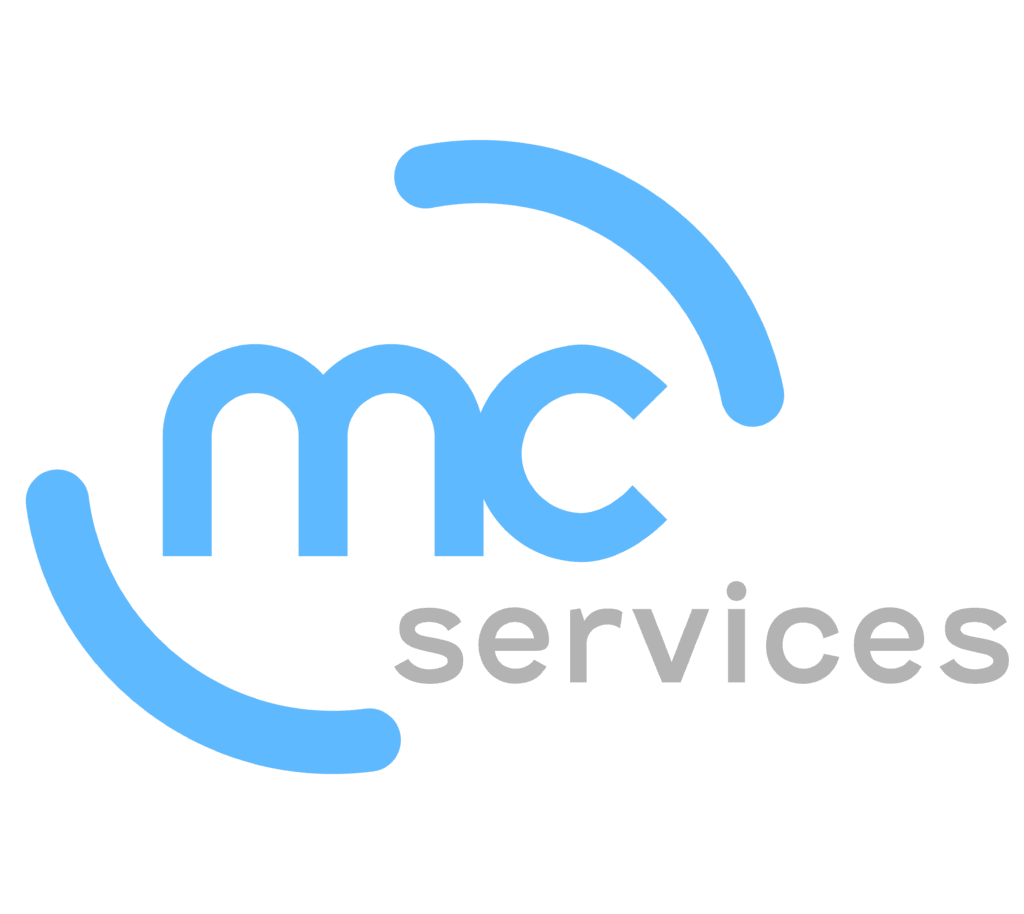For a long time, the business world was dominated by Windows machines, with Macs being designated for use primarily among creative teams. Those days are falling by the wayside as more organizations adopt Apple devices and must develop strategies to integrate those systems into IT configurations that have primarily been built around Windows.
The transition to increased Apple use began, in many ways, with the rise of the iPhone. As more consumers embraced iPhones and Windows phone devices struggled to gain a hold in the mobile world, businesses were forced to response to the need to support personal Mac devices in the enterprise. With more people comfortable working within the Apple ecosystem, a desire to use Apple products ensued. Now, Macs are gaining new momentum in the enterprise.
The rise of the enterprise Apple device
In general, device diversity has become much more common in the workplace. The bring-your-own-device movement has combined with the rise of computing formats such as tablets and ultrabooks to rewrite the traditional rules of enterprise computing. Instead of being able to deploy Windows systems and control the end-user configuration, IT teams are tasked with establishing a backend setup that can support a wide array of devices and operating systems. This situation has escalated to the point that organizations need to support and integrate data across multiple ecosystems, and Apple solutions are rising as a result.
"Supporting Apple devices at a higher volume creates a variety of challenges."
A survey from Jamf found that approximately 99 percent of businesses have iOS devices in use, with 91 percent sporting Mac users. This represents a significant increase over last year, when 76 percent of companies used iOS and 74 percent Macs. Furthermore, IT teams overwhelmingly cited iOS solutions as easier to manage than other mobile devices, with many also saying Macs are easier to support than PCs.
These results point to a shifting enterprise environment that IT departments must prepare themselves for, and the transition to supporting Apple devices at a higher volume creates a variety of challenges. Three of the most prominent issues that must be dealt with are:
1. Development difficulties
Organizations that have historically built their own apps and services for users can run into major compatibility and integration issues when introducing new operating systems into the IT configurations. On a device level, organizations integrating iPhones into the configuration must consider how apps will display on a smaller screen, if fingerprint scanning is considered a viable login credential for enterprise apps, how to build iOS touch gestures into the interface and similar issues if the app was initially built for Windows devices. If a company is starting from scratch on apps, it must optimize them for multiple device types and operating systems.
However, these are just the entry point issues. Companies must also consider the data protocols and workflows used by different operating systems, the various inputs available on Mac versus Windows and even how security systems in the Apple ecosystem may impact data sharing between services that are also accessed by Windows users. In the backend, service and database configurations are often different for Mac and Windows systems, and organizations will need to build out a configuration that can support both in order to keep apps running smoothly.
Many businesses are moving away from out-of-the-box solutions in favor of customized applications to meet their users' specific needs, but this strategy becomes incredibly complex when dealing with a variety of operating systems and device types in the enterprise IT configuration.
2. Long-term planning
Developing an IT roadmap becomes extremely complex when dealing with a more varied device and operating system environment. Trying to plan for an influx of end-user devices and the challenges they will create requires an intimate knowledge of the underlying technological decisions happening within the marketplace. Effectively evaluating, for example, how the release of a new iPhone model may impact the enterprise configuration requires forethought and an awareness of the strategies Apple is taking with its new device.
These types of issues are becoming more complex as different technology providers build out ecosystems of interconnected services that depend on one another and share data based on specific protocols and workflows. As users are given Macs for work, how will IT teams need to adjust the service catalog for Apple-specific apps and services? How will varied warranty and end-of-service-life policies between Apple and Windows device manufacturers impact life cycle strategies? These types of questions require careful consideration when moving to adopt Apple devices in the enterprise, and business must be careful to avoid getting overwhelmed by unexpected differences between Windows and Apple ecosystems.

3. User training and support
The day after a new app is released can be a nightmare for the help desk team. Requests about login problems, compatibility issues and users not knowing how to complete certain tasks can leave support teams scrambling to keep up. This situation becomes even more problematic when dealing with entirely new operating systems or device types. In a report from The Guardian, the author detailed a personal experience of switching from Mac back to Windows, only to find that differences in tiny details, such as keyboard shortcuts or ways to open up apps, all quickly became apparent. In this case, the user found a need to go to Twitter on a search for troubleshooting advice, but in the enterprise, Your support team will have to take on the role that Twitter played in this scenario.
Whether you are worried about simple end user issues or complex changes in how backend systems operate when integrating Apple devices into the configuration, putting extra resources into training and support is vital.
The Apple ecosystem is invading the enterprise and bringing a few new challenges with it. While many businesses have used or supported a small number of Apple devices in the past, the recent rise of Macs and iOS systems is creating a new wave of challenges. The good news is that businesses aren't alone. The Apple partner ecosystem contains experts offering a variety of consulting services, training and custom development, making it much easier to overcome challenges. Whether you are concerned about backend technical integration issues or getting users and IT teams comfortable with new devices, MC Services can offer the combination of technical services and support needed to smooth the process of implementing Apple systems in the enterprise.
